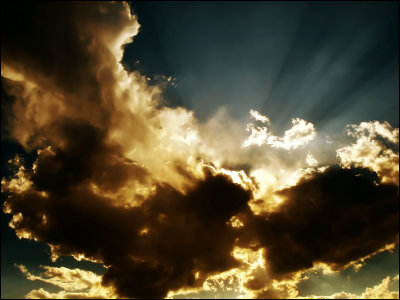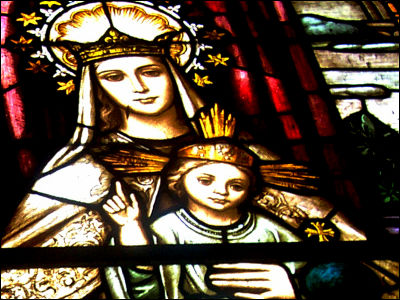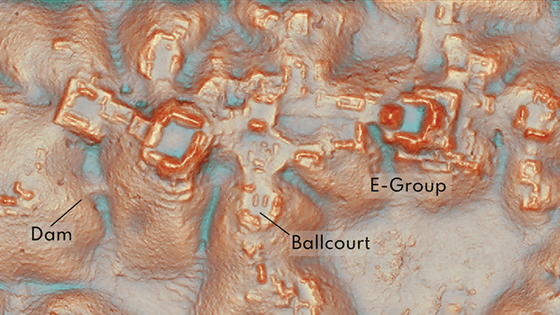It's reported that a 15-year-old boy discovered a lost city of the Mayan civilization on Google Maps.

By
A 15-year-old boy named William Gadoury from Quebec, Canada, has reportedly discovered an ancient Mayan city in the Mexican jungle, testing his theory that Mayan cities are based on the alignment of constellations. His discovery was reported around the world as a story of a boy's passion for science coming to fruition, but several experts have pointed out that the boy's theory is incorrect.
Doubts cast on teenager's 'lost city' discovery - BBC News
http://www.bbc.com/news/blogs-trending-36276864
Did a teen discover a lost Maya city? Not exactly. - The Washington Post
https://www.washingtonpost.com/news/speaking-of-science/wp/2016/05/11/did-a-teen-discover-a-lost-mayan-city-not-exactly/
Experts Doubt That a Teen Found a Lost Maya City
http://gizmodo.com/experts-doubt-that-a-teen-found-a-lost-maya-city-1775985640
Forgotten Mayan city: A hidden wonder discovered by a brilliant boy researcher? Or just an old cornfield? | Americas | News | The Independent
http://www.independent.co.uk/news/world/americas/is-it-a-lost-mayan-city-is-it-a-hidden-gem-discovered-by-a-brilliant-boy-researcher-or-is-it-just-an-a7024141.html
Forgotten Mayan city: A hidden wonder discovered by a brilliant boy researcher? Or just an old cornfield? | Americas | News | The Independent
http://www.independent.co.uk/news/world/americas/is-it-a-lost-mayan-city-is-it-a-hidden-gem-discovered-by-a-brilliant-boy-researcher-or-is-it-just-an-a7024141.html
William Gadoury hypothesized that the 117 ancient Mayan cities already discovered were built based on the positions of the constellations. To test his hypothesis, Gadoury used Google Maps to locate the known cities and found that they matched the constellations.
The boy realized that an undiscovered city existed while comparing the constellation with the location of known ancient Mayan cities, and for further verification, the Canadian Space Agency provided him with satellite images of the Mexican jungle in question. As a result, the satellite images showed what appeared to be square artifacts, leading to the conclusion that an undiscovered ancient Mayan city had been discovered.
Gadoury reported his findings to the Canadian Space Agency (CAS) and to Dr. Armand Larocque, a remote sensing technology specialist at the University of New Brunswick, for further analysis. Both concluded that Gadoury's discovery was an ancient city, and Gadoury named it 'K'aak Chi,' meaning 'mouth of fire' in the Mayan language. The CAS scientists also awarded Gadoury an exceptional medal for their work.
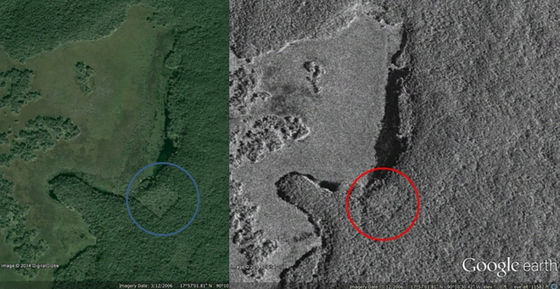
However, The Washington Post states, 'There's a reason we didn't write about this discovery when it became a hot topic: it's foolhardy to draw conclusions from unpeer-reviewed hypotheses.' Furthermore, several experts have commented on the discovery.
The Washington Post and BBC News cited
University of Southern California anthropologist Thomas Garrison also commented to Gizmodo, 'The artifacts are likely a milpa that hasn't been used for 10 to 15 years.' A Japanese blog also speculated that the imagery on Google Maps may have been replaced . Professor Ivan Šprajc of Slovakia, who has experience in the jungles of the Yucatan Peninsula, commented, 'The Maya had a strong astronomical knowledge, but the Maya constellations of that time are largely unidentifiable. Therefore, it's unlikely that we'll be able to find Maya cities from modern constellations.'
Amidst all these opposing opinions from experts, the only one who has defended Gadoury is Dr. Armand Larocque, the expert who initially acknowledged Gadoury's discovery. Dr. Larocque said that the British online newspaper The Independent , which first published the report, received a photo from someone who helped with Gadoury's research, but that it was not a photo that showed the research results, and that 'skeptics are analyzing the wrong photo.' This is likely referring to the photo of the 'slash-and-burn' or 'milpa' plant.
Gadoury has also analyzed the 'incorrect photo,' but said, 'It may not be possible to reach a conclusion from this photo.' Dr. Larocque defended Gadoury, saying, 'William's discovery is based on a different photograph.' Dr. Larocque explained, 'We have a photograph that shows what we interpret as a Mayan road network,' and provided the new photograph to The Independent.
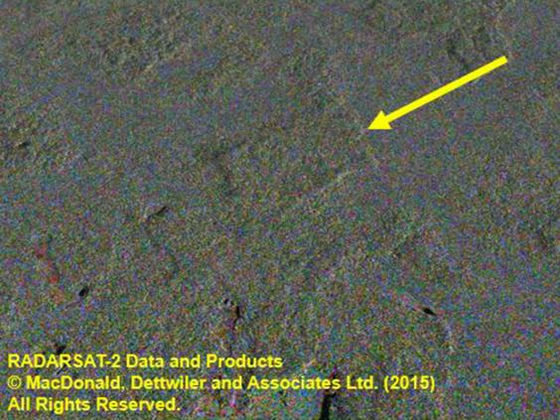
The Independent suggests that 'the best way to convince everyone is to actually go into the jungle and see for yourself.' However, Gadoury has his emails set to auto-reply due to school exams, so he cannot confirm the series of reports. Also, because jungle research is extremely expensive, it is expected that Gadoury himself will have difficulty proving his findings.
Related Posts:
